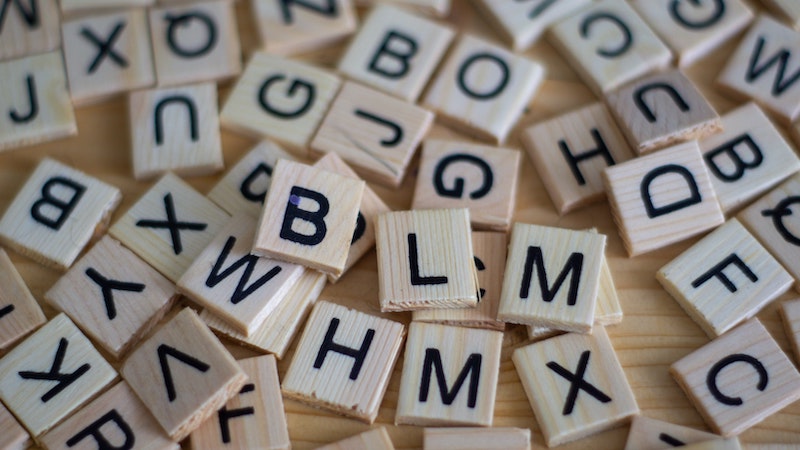Linguistics, Part Three: Denotation versus Connotation
Episode #3 of the course How to write a great speech: Linguistics, drama, and rhetoric by K.C. Finn
Have you ever had something you said get taken the wrong way or had people infer meaning from your words that you didn’t intend? It’s likely that you became a victim of connotation, where the ideas that a person gets from your words don’t necessarily match what you said or wrote down. This is a powerful tool in speechcraft that can be used for good or ill!
In Lesson Three, we break down two major factors of language and how they connect from what a reader hears to what their brain takes in. You’ll learn how what you denote on the page can create a whole array of different ideas in the minds of your audience.
Denotation
So, what does denotation actually mean? In simple terms, denotation is the actual word you use at its most basic descriptive level. Let’s use Paris as an example. Without letting your mind wander too far, Paris, at its most basic level, is:
• A city.
• A capital city.
• The capital of France.
These basic descriptors are all rooted in fact and are not arguable. This is the exact denotation and intention of the word you are using.
Exercise: Grab yourself a new note sheet and create two columns. Under the heading Denotation, write down some of the words that you intend to use in your speech. These could be words you want to use to describe a person, place, or idea (e.g., ‘charming’, ‘rowdy’, ‘inspiring’), or real-world concepts you want to talk about (e.g., ‘Jeff Bezos’, ‘mainstream media’).
Connotation
Connotation is where the work gets trickier. Here, we begin to talk about what else is implied by the word we are using, rather than just its factual definitions. So, if we take Paris as an example again, we can make connotations based on popular connected ideas to the word Paris:
• Romance and love.
• Art and culture.
• Escapes and foreign travel.
These all sound great, but they are totally based on people’s perceptions. So, remember, your denotation of Paris could also create connotations like:
• Unpleasant food (for some) like snails and frogs’ legs.
• Tensions about the European Union.
• Associations to Paris Hilton (if people make that connection before the city).
These connotations are always up for interpretation and can pop up at any given moment to change the meaning of what you intended to say.
Exercise: In the second column on your page, write the heading Connotation. For the words, you listed before, try to think of at least one positive and one negative connotation. For example, if you wrote: ‘rowdy’ to describe a person, a positive connotation could be ‘full of life’ but a negative one might be ‘disruptively noisy’.
Why We Use Both in Speechcraft
You can probably already see the destructive potential of connotations from some of the examples listed here, and learning about denotation versus connotation can help you avoid those pitfalls when it comes to writing and presenting your own speeches. But connotations can also be used to your advantage if you fill your work with lots of words that hold the same themes and meanings for most people. The trick is to look for lots of words that lean in the same direction with their connotations, and this will give your work an overall atmosphere, whether that is joyful, inspiring, angry, or humorous.
Exercise: The list you’ve made may tell you that some of the words you’re using could be projecting an idea or image that you don’t want them to. If you have identified any problematic words that are sending the wrong message in your speech, now’s your chance to change them to something with more obvious connotations in the right direction.
In Lesson Four, we enter the world of Drama for the middle section of the course. Utilizing theatre and performance techniques, we’ll look at the best ways to deliver your speech. The first section on Drama looks at emphasis and the subtle art of directing your audience to significant points in your storytelling and information delivery.
Right now, be aware of those connotations!
K.C.
Recommended reading
To get some further clarification on exactly when and how to use denotation and connotation, you can check out this article.
Share with friends

